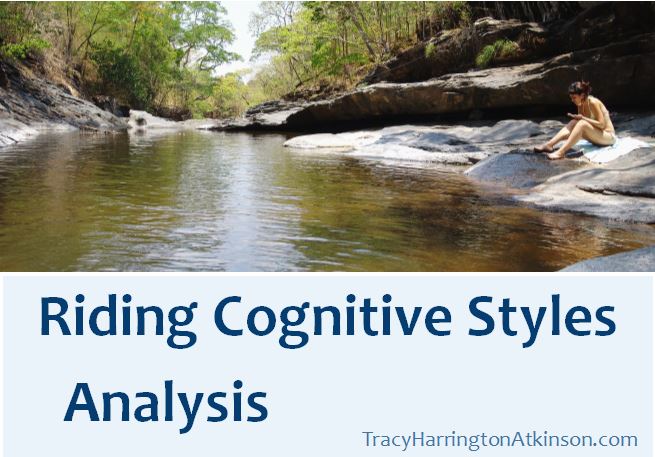Riding Cognitive Styles Analysis – 1991
The Cognitive Styles Analysis, developed by Richard J. Riding, relies on a two-dimensional model including W-A, wholistic-analytic, and V-I, verbal -imagery. These two dimensions represent the two basic learning types for this cognitive style. Cognitive style is defined as a methodology for individuals to think, perceived and even recall information.
Riding developed a two-dimensional assessment for his cognitive theory, composed of three sections including a comparison between an individual’s response time and the introduced stimulus. Access to this assessment is only available by contacting the author and creator, Richard Riding, personally.
Wholistic-Analytical Dimension (W-A)
The W-A dimension is how an individual will organize and structure incoming information. The wholistic style approaches new information with an overall view, seeing information as a complete picture in contrast to the analytical style which takes apart information in order to process it.
Verbal -Imagery Dimension (V-I)
The V-I dimension focuses on how an individual thinks about information, their mental processes and their memory. The verbaliser sees information and thinks about it in terms of words while an imager thinks of information visually, with an image or picture in mind.
Tracy Atkinson, mother of six, lives in the Midwest with her husband and spirited long-haired miniature dachshunds. She is a teacher, having taught elementary school to higher education, holding degrees in elementary education and a master’s in higher education. Her passion is teaching, researching, studying and enjoying time with her family. She has published several titles, including MBTI Learning Styles: A Practical Approach. Courses available on learning styles and student success at: Udemy, Teachable or Thinkific.



Comments are closed